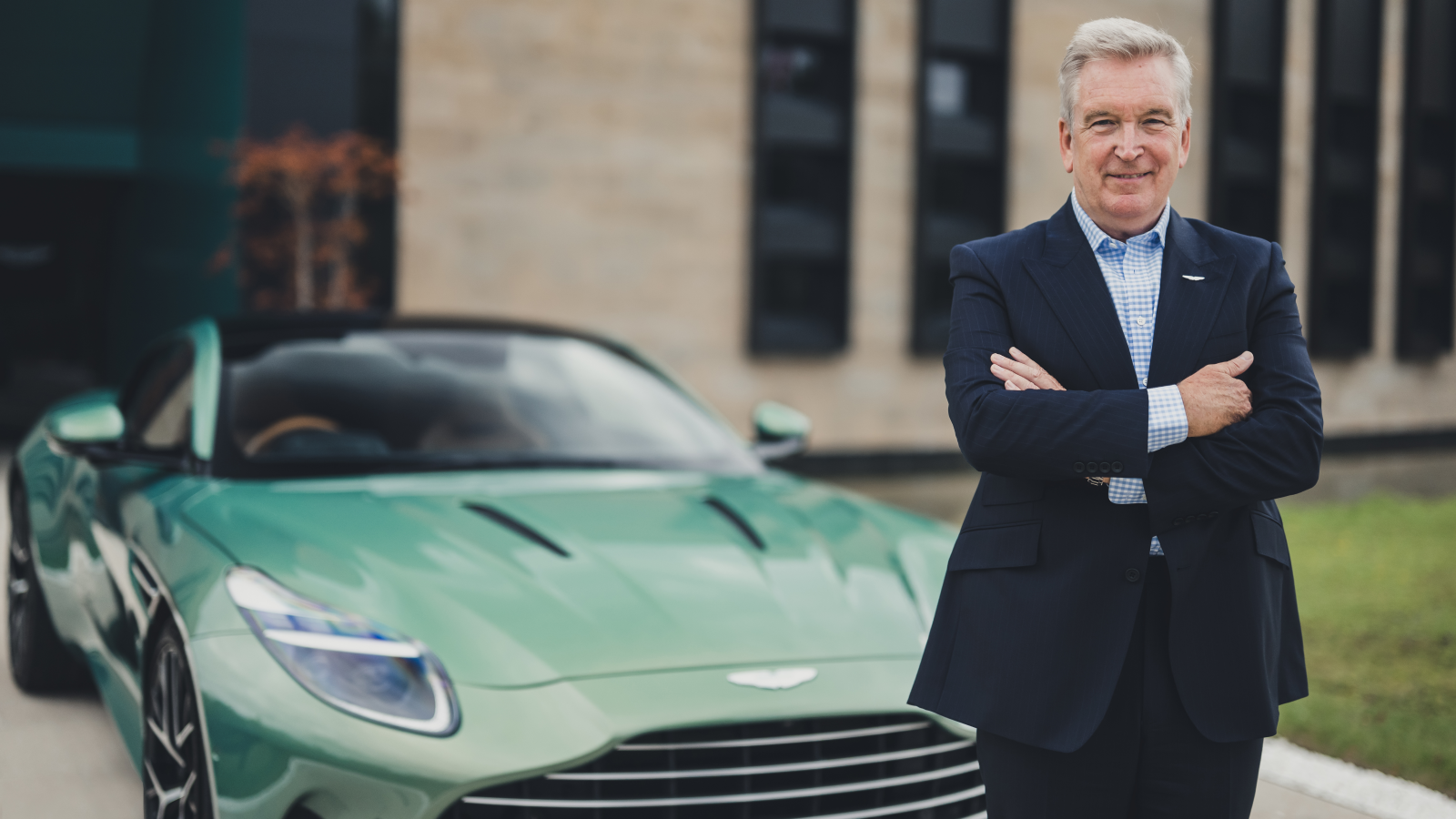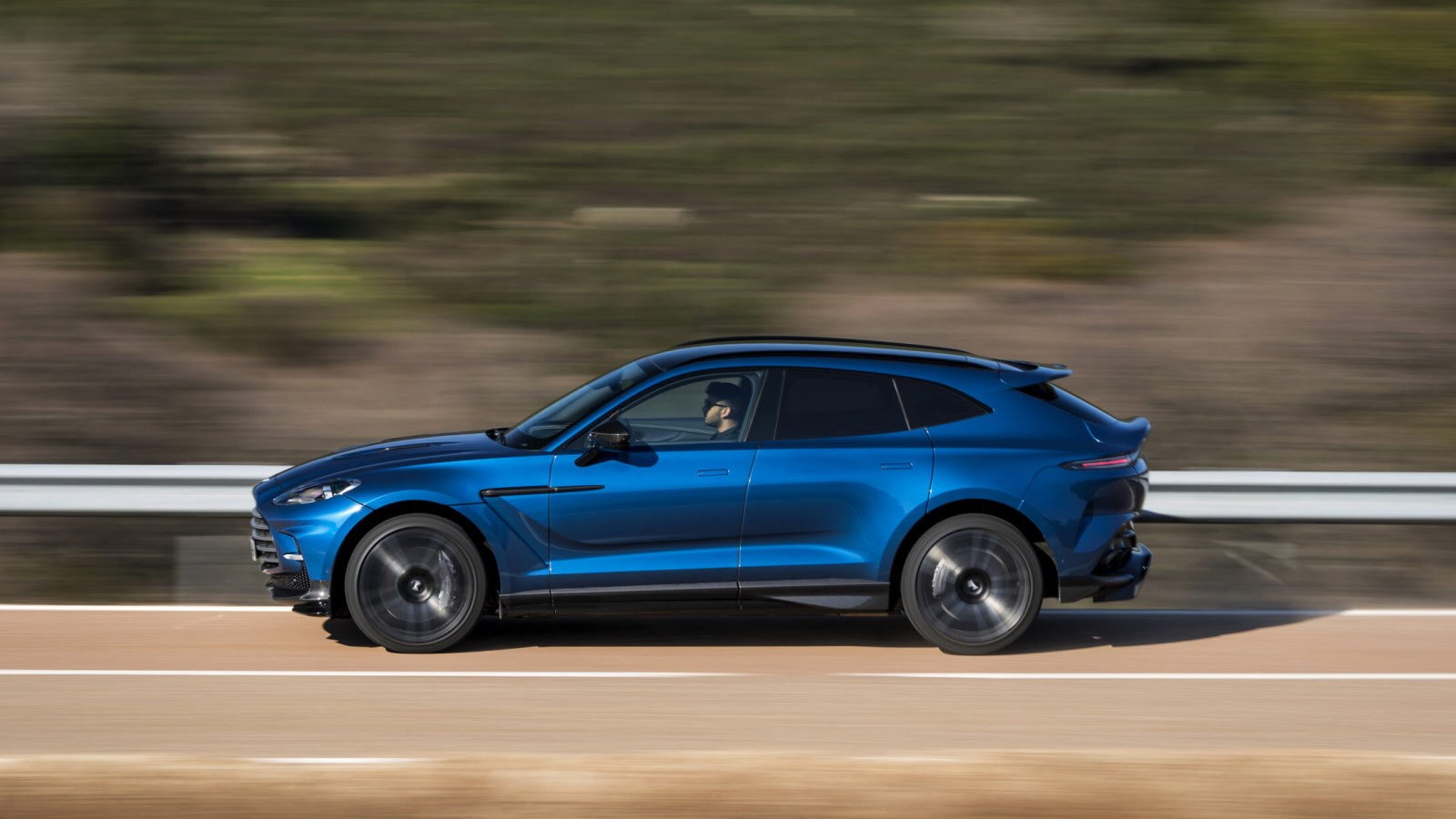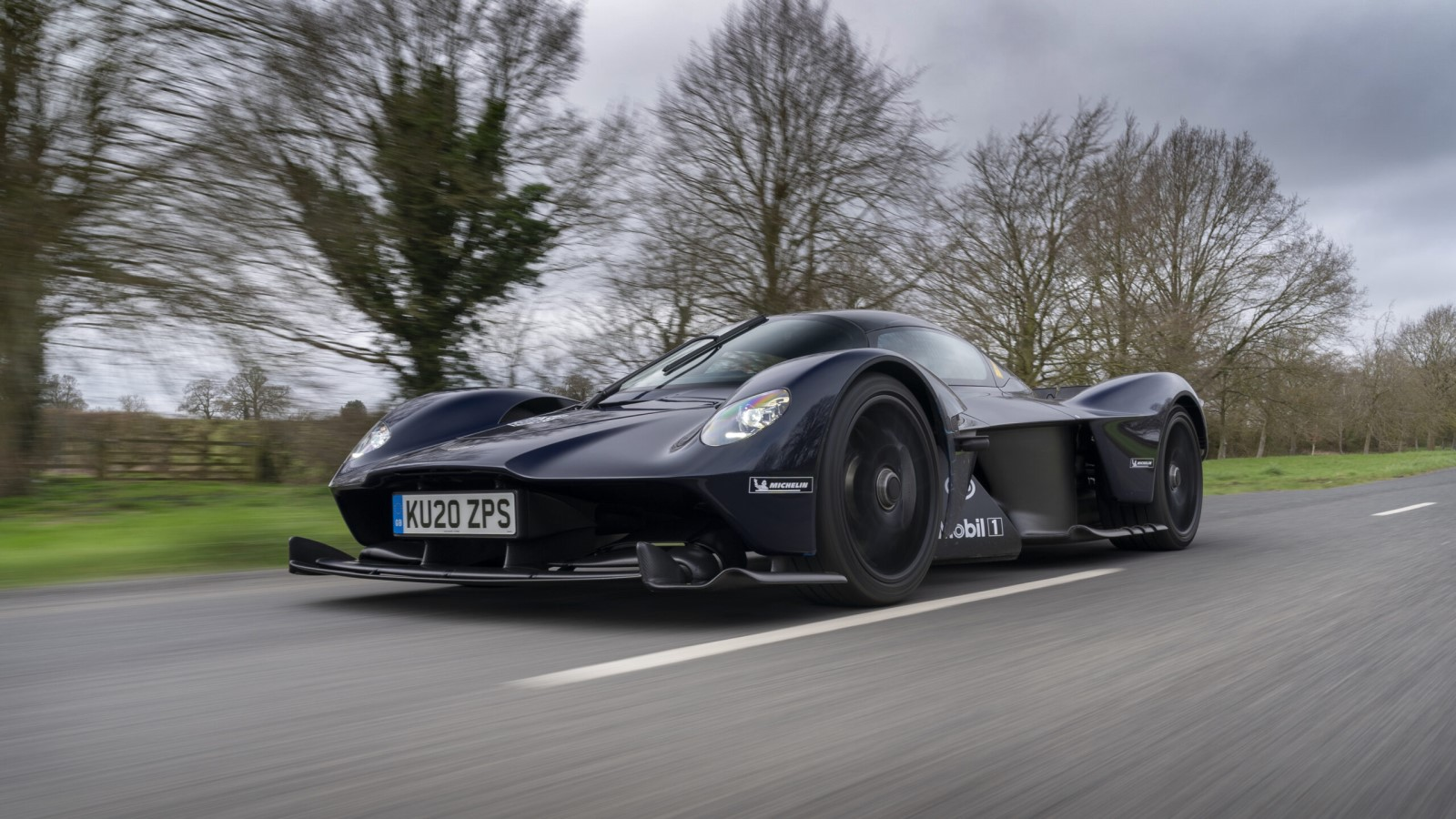Aston Martin Hopes Vibrating EVs Will Make Drivers Love Its First Electric Supercar
Aston Martin could use “oscillating body structures” to create an “emotional connection” with its first electric supercar
Almost every automaker around the world is starting to work on electric cars as the industry rushes to go green. For performance brands like Rimac and Porsche, doing so has come with unique challenges around how they can make their electric supercars stand out in a sea of similarly specced motors, and Aston Martin is pitching a novel way of making sure you really love its first electric models: vibrating EVs.
British supercar maker Aston Martin has been teasing its ambitions for an electric car for years now, and has even gone so far as to partner with American automaker Lucid to supply the batteries and motors that will help it make one.
The car has been hit by numerous delays, but company boss Adrian Hallmark has confirmed that Aston Martin will have an EV on the road by 2030. When Aston's first EV does hit the road, Hallmark has hinted at a novel way of making the car truly connect with driving purists.
Rather than piping simulated engine notes in and around the car, or adding in a fake manual gearbox like you'll find in Hyundai's Ioniq 5 N, Aston Martin will instead make its EVs vibrate, according to a report from Autocar. The vibrations will reportedly emulate the sensations you feel in the cabin of a V12-powered Aston, without mimicking the rumble of the engine:
"If you mapped the telemetry of the V12 engine from the Valkyrie, or even the engine from the race version, measured the frequencies and built those into the body structure of the vehicle, linked them to the throttle position and suppressed the electrical frequency noises, you would feel exactly like you were in a Valkyrie or another 12-cylinder car.
"So I believe without fake noises but by actually oscillating body structures and other structures with the frequencies that you get from a combustion powertrain, you can create an emotional connection."
Using "oscillating body structures" to create an "emotional connection" sure is one way to set off the safe search warnings on your computer, but Aston seems pretty serious about this. The company believes that "agitating" the actual body structure of an electric car in the same way that a V12 rumble might reverberate through the chassis, will better connect car fans to their first EV, Top Gear explains.

The idea of buzzing EVs isn't new and Hyundai has also teased ambitions to create vibrating cars to better emulate the feeling of a gas-powered model. To do this, automakers could strap low-frequency speakers to body panels and use bassy tones to vibrate through the cab, or a system similar to how Apple emulates clicks on iPhones could be deployed with a motor shaking the structures gently.
Whichever way Aston chooses to make its EVs vibrate, it's sure to use all kinds of space-age exotic materials in order to keep the weight down, as Hallmark believes this is the other issue EVs need to overcome. As Top Gear reports:
And then there's the practical side of making a performance EV. "The problem with battery electric vehicles is it's very difficult to get that dynamic feel that you get from a genuinely lightweight performance car. Mass is the enemy, and with BEVs, mass is part of the DNA," he said.
It's difficult, he contends, because you have to cut everything else to counter the average battery pack's weight of between 700-800kg, versus an average engine that clocks in at around 150kg.
"I could imagine in time when we finally resolve the problems with solid state batteries, you can take 30 per cent out of the weight," he said. He also noted 3D-printing to prevent material redundancy. And then technology like four-wheel-steering and other electronics to replicate what you'd get in a lightweight ICE car.
In his questioning, Hallmark refused to confirm whether the first electric Aston would be an SUV, as has previously been rumored, or a sporty flagship that's more in line with the brand's history. He also didn't expand on when we could expect to see this vibrating supercar, adding "I won't give a year."

Are gimmicks like vibrating supercars the kind of thing that you think will convert die-hard gas fans over to electric power? Or, is the real tipping point going to come when there are EVs people actually want?
